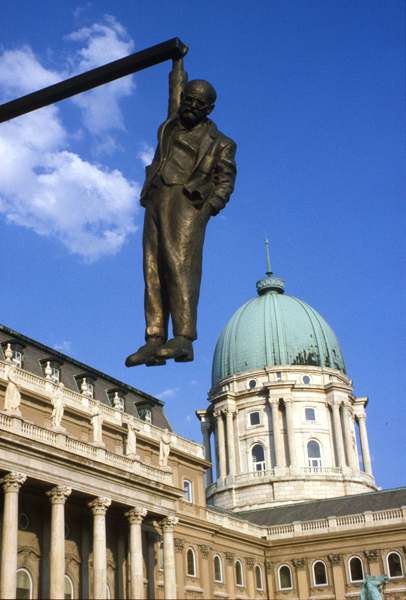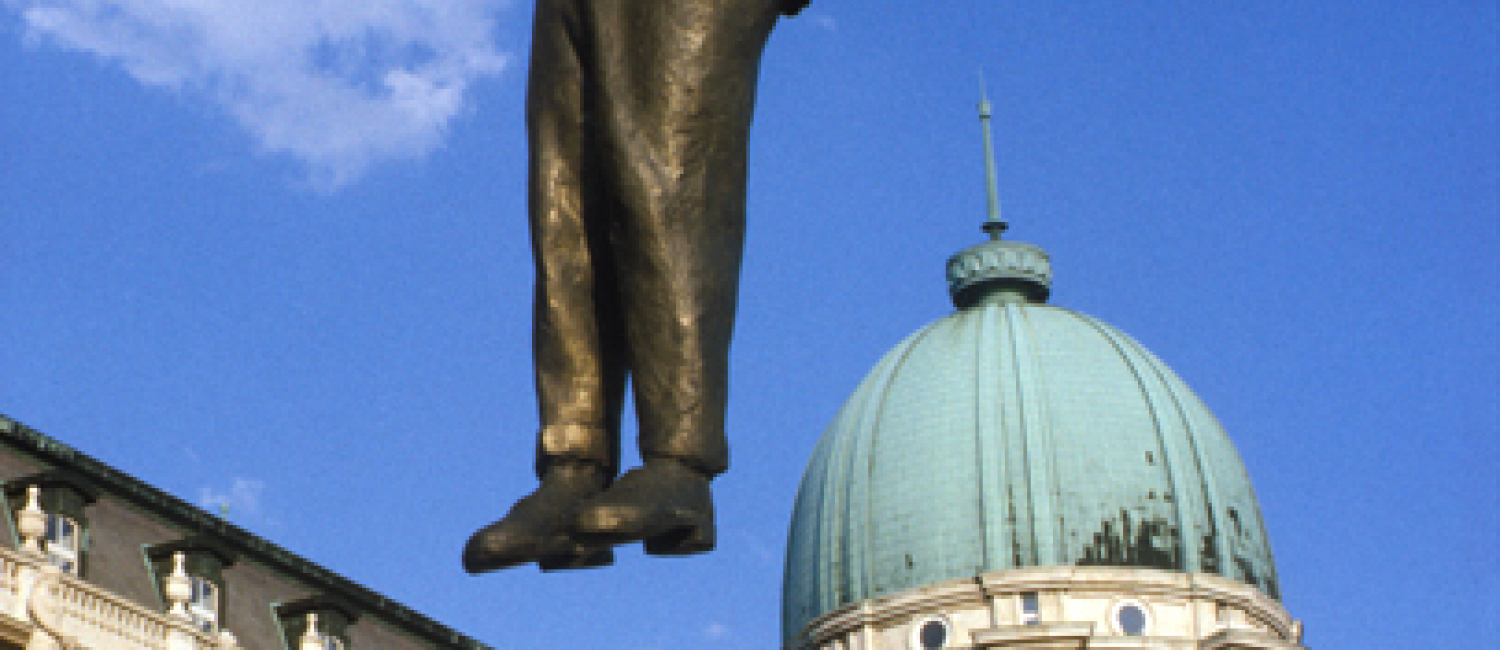In autumn 1999 it was ten years since the demolition of the Berlin Wall. In recognition of this momentous event Moderna Museet Stockholm planned an exhibition with an extensive catalogue under the title of After the Wall. The purpose of this project is to map contemporary art manifestations (visual art, video and film) in the post-communist countries in order to shed light on the present situation in terms of the cultural changes that have taken place. The exhibition will be on show in the Museum of Contemporary Art - Ludwig Museum Budapest, and after it in Berlin and the United States. The exhibition is conceived as an attempt to rethink the period from the mid-1980s to the present marked by so many dramatic political and cultural changes in Eastern and Central Europe and the former Soviet-Union. Perestroika, the shattering of the Iron Curtain, the end of the Cold War, the foundation of new states and their ways towards democracy, the reunification of Germany and the Balkan wars have all been major historical events marking the nineties within the post-totalitarian landscape. This period of transformation has also implied a restructuring of artistic and cultural life within almost every post-communist country. It has been characterised by the withering away of the state monopolies of Ministries of Culture, the end of dissidence, the foundation of new art centres, the appearance of new art magazines, private galleries and art fairs, the death of state propaganda and the proliferation of the mass media and the westernization of cultural life. This time has also witnessed an intensified presentation of artists from this area abroad either to redefine West-East dialogues under new geopolitical circumstances, or to establish new forms of East-East dialogues. Higher levels of unemployment, widespread poverty and a cynical attitude towards newly established values have however balanced greater freedom of expression, whether from East or West. Faced with liberty and sharing an enthusiasm for change, many artists of the middle generation were, initially, preoccupied with the deconstruction of the totalitarian past and its icons. After enthusiasm, in chaos and confusion, a new generation of artists emerged defining a contemporary culture, which does not position itself in relation to dominant totalitarian ideology. The exhibition deals primarily with the work of this generation. The aim of the exposition is to present a survey of individual artistic attitudes along with an examination of the issues with which contemporary artists are engaged throughout the region by focusing on the productions of individual artists, both on their differences as well as on their common traits. The exhibition deals implicitly with the contexts in which artists live and work, while not neglecting the cultural, national or regional differences between the various parts of the newly reconstructed Europe. In the same time, it avoids drawing any conclusions or providing a totalizing view of the art and culture that has emerged after the fall of Communism. Consequently, the viewpoint is necessarily fragmented, not attempting to provide a hegemonic overview or to construct any new forms of “otherness”. Its aim is to create a discourse, which indicates complexity and variety within individual artistic practices. The exhibition is not based on any geographical pattern in which each country would have one or several national "representatives" since this would encourage the mentality of national pavilions. Instead it focuses on individual presentations: the artists included will be those living and working in their native countries, as well as working abroad. Artists, photographers, performers, video and filmmakers from the whole of the post-communist region are included; the works were selected only on grounds of its artistic quality and relevance to contemporary issues. The included works were made during the last ten to fifteenth years, but there is a number of works commissioned for the show.

